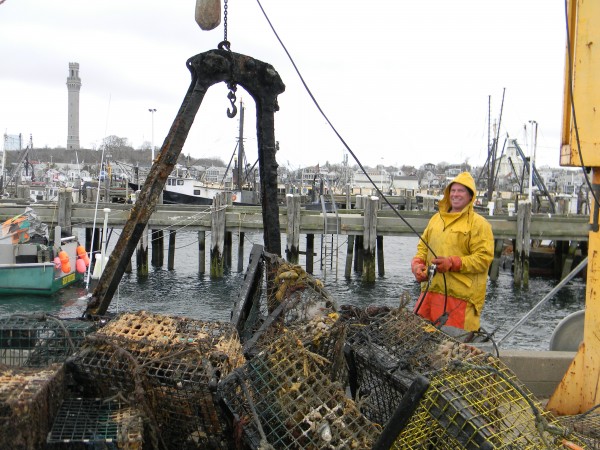Look at All This Crap at the Bottom of the Ocean
In some places, the bottom of the sea looks like a war zone. There are rusting hulks of twisted metal, spiky remnants of lobster traps, and truck-size tangles of nets and rope that continue to terminate fish, lobster, whales, seal pups, and maybe even one of these awful woman-fish hybrid mutants:
 iStockphoto
iStockphoto
Yuck. Mermaids are now ruined for me forever.
But there’s good news: People are starting to take notice, and the fisherman are taking charge. Ghost gear, as lost and abandoned fishing gear is collectively called, hurts their images as much as their livelihoods, and they’re looking to strike back against both. (Read all about it in our April feature called “Net Loss.”) Luckily, they can do all that at once.
Earlier this month, Stellwagen Alive!, a group that supports the Stellwagen Bank National Marine Sanctuary off the coast of Scituate, started working to fish some of the ghost gear out. They’re armed with new techniques and technology — no one goes into battle unarmed — and they’re finally starting to gain some ground.

Image courtesy of Stellwagen Alive!.
This is an sidescan sonar image of a piece of ghost gear (the smudge on the bottom left) the crews have been targeting. Previously, fisherman and clean-up personnel had been targeting large tangles of nets and lobster pots that fishermen already knew about. This new sonar is like bring nightvision goggles and a bazooka to a gunfight.
 Image courtesy of Stellwagen Alive!.
Image courtesy of Stellwagen Alive!.
This is a shot of some of the stuff they’ve pulled up. From all the biomass on those lobster traps, it looks like they’ve been down there for a while. That angled metal thing is a ballast frame rig off a dragger, a vessel that’s used to scoop up groundfish like cod and haddock. (Here’s one still attached to a fishing boat. It’s just fore of the galley.)
The crews will continue to work through this month to try and snag many tons of the stuff that’s down there, fishing for whatever comes along. It’s a small amount compared to what’s down there — scientists estimated that one 198 square mile stretch of seafloor contained 700,000 gillnet fragments — but it’s a start.


